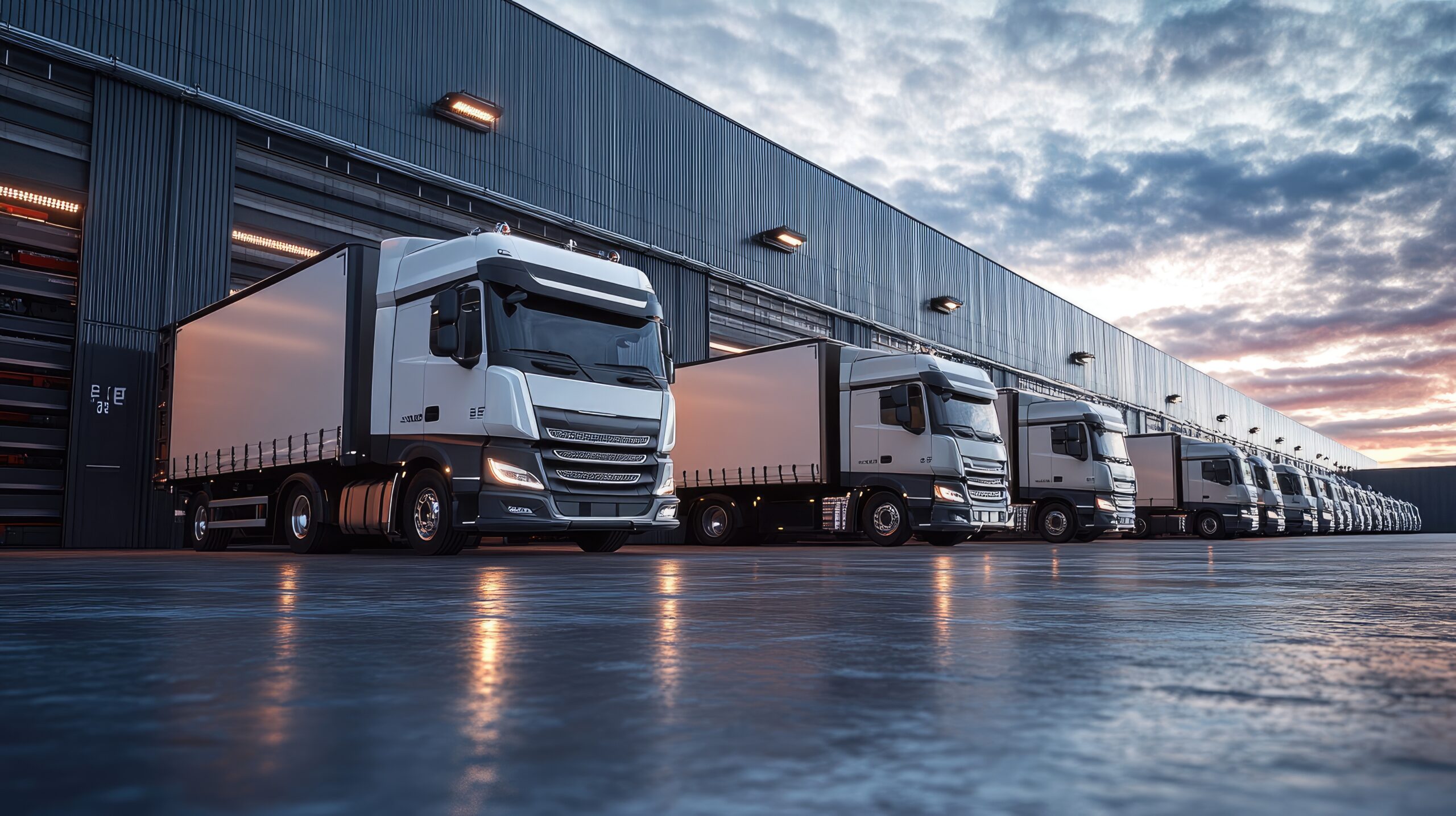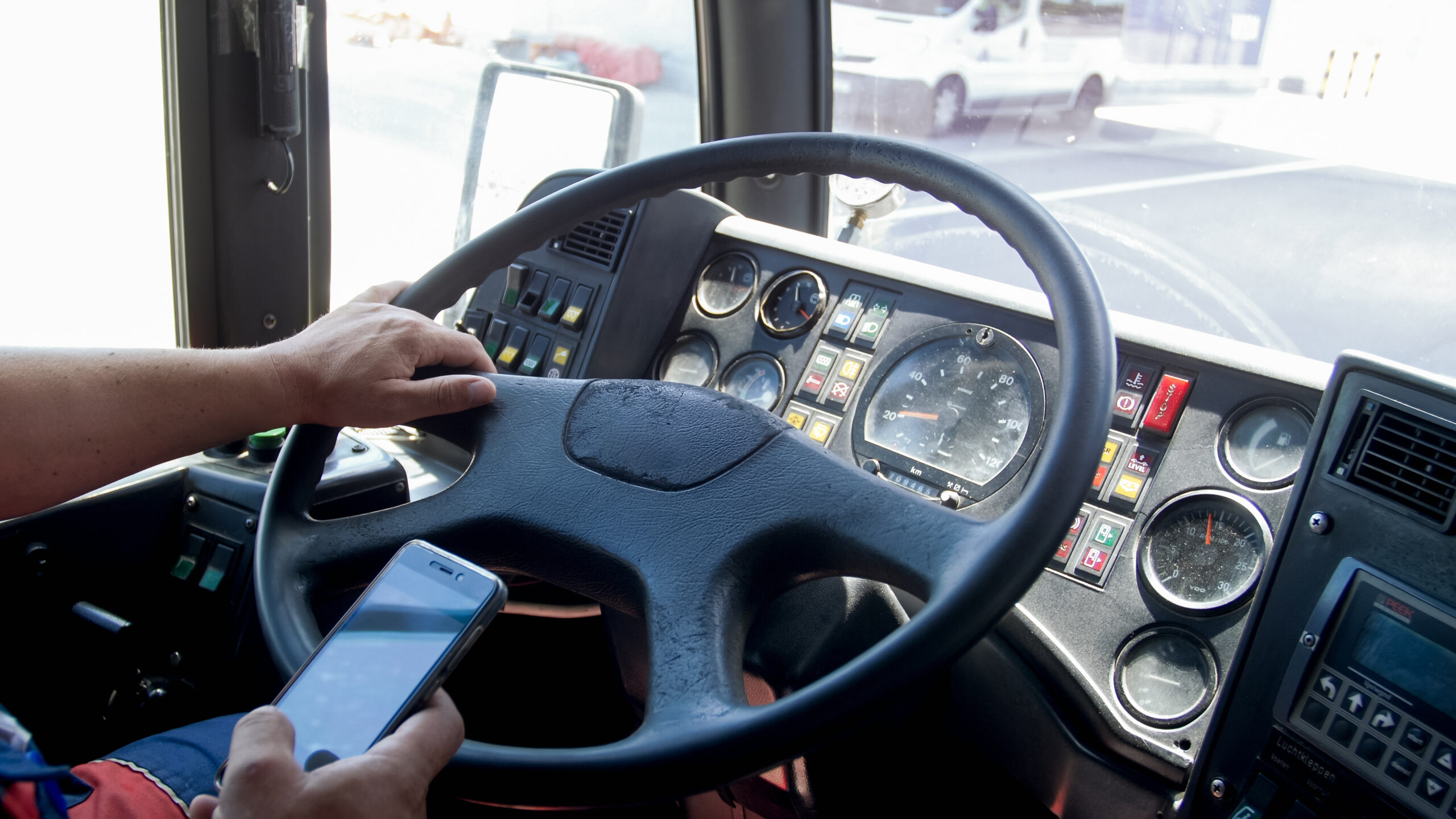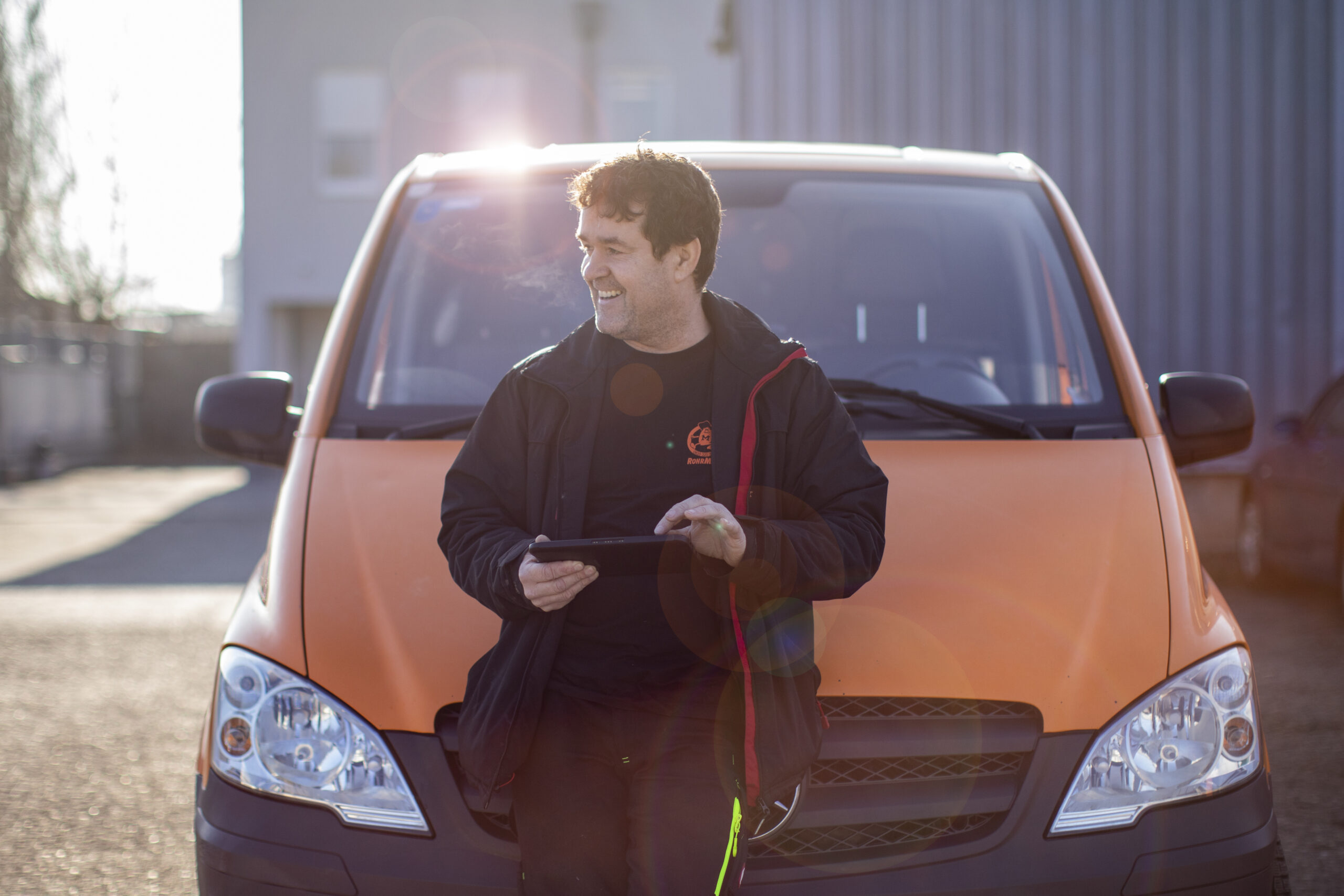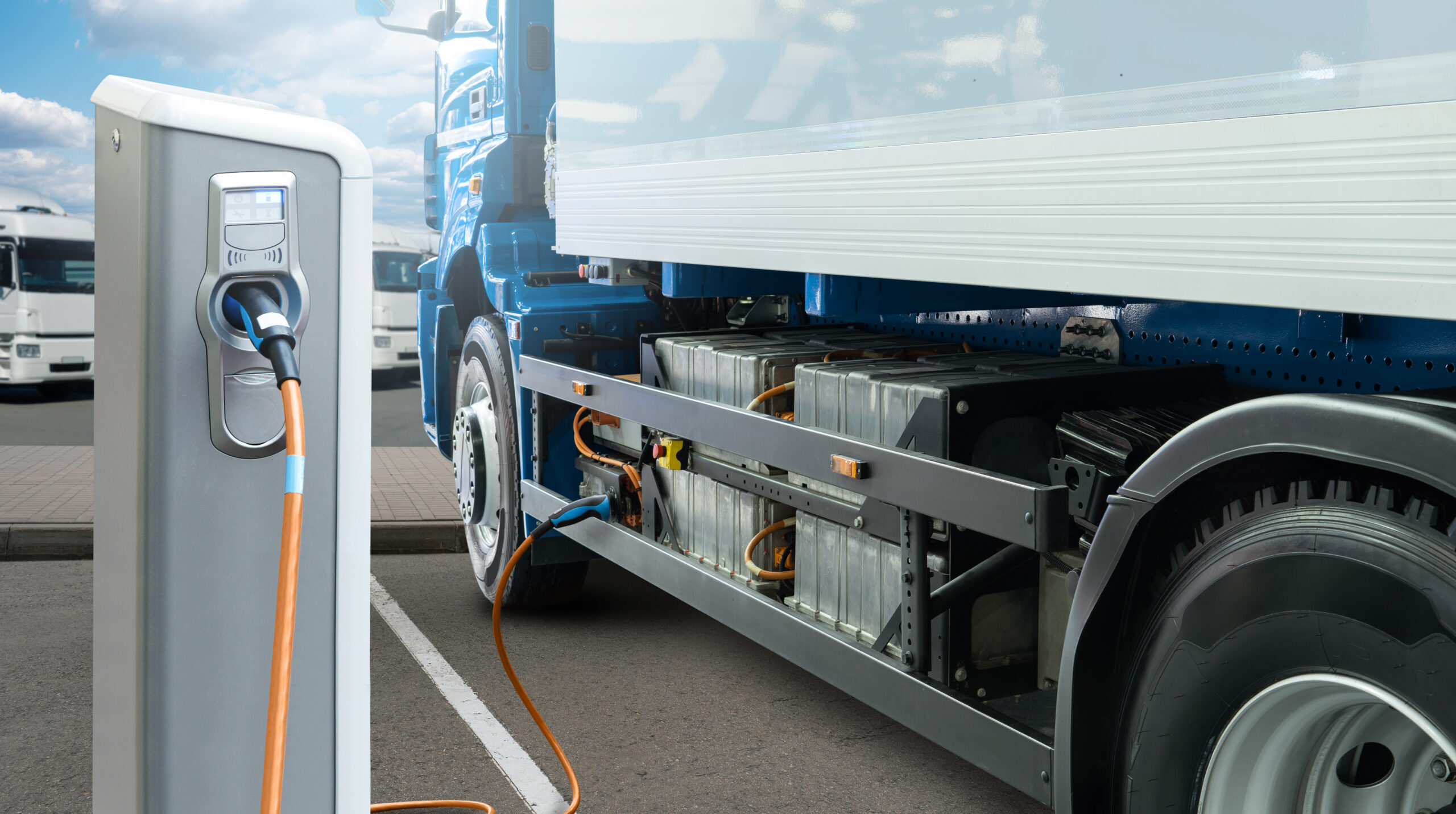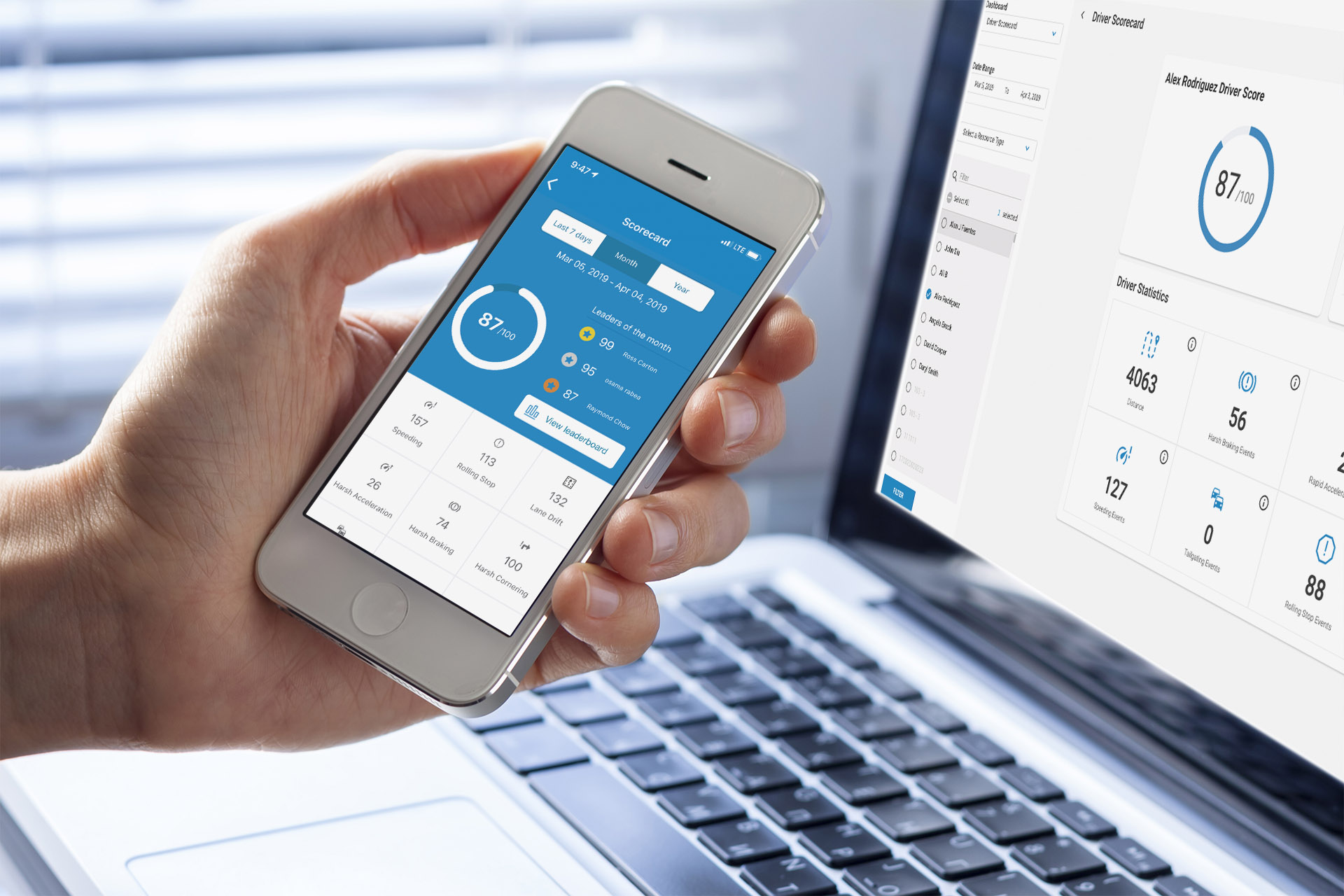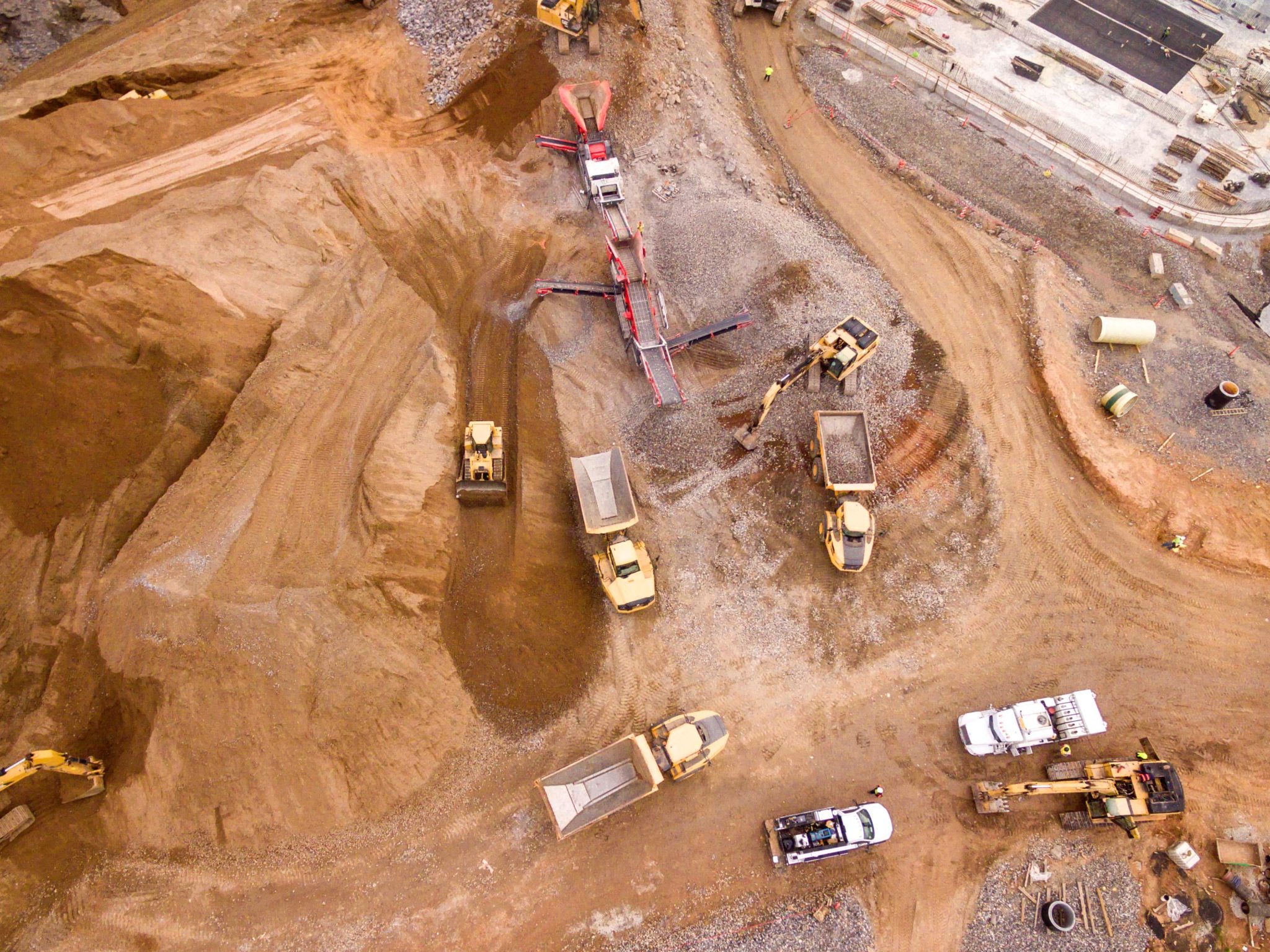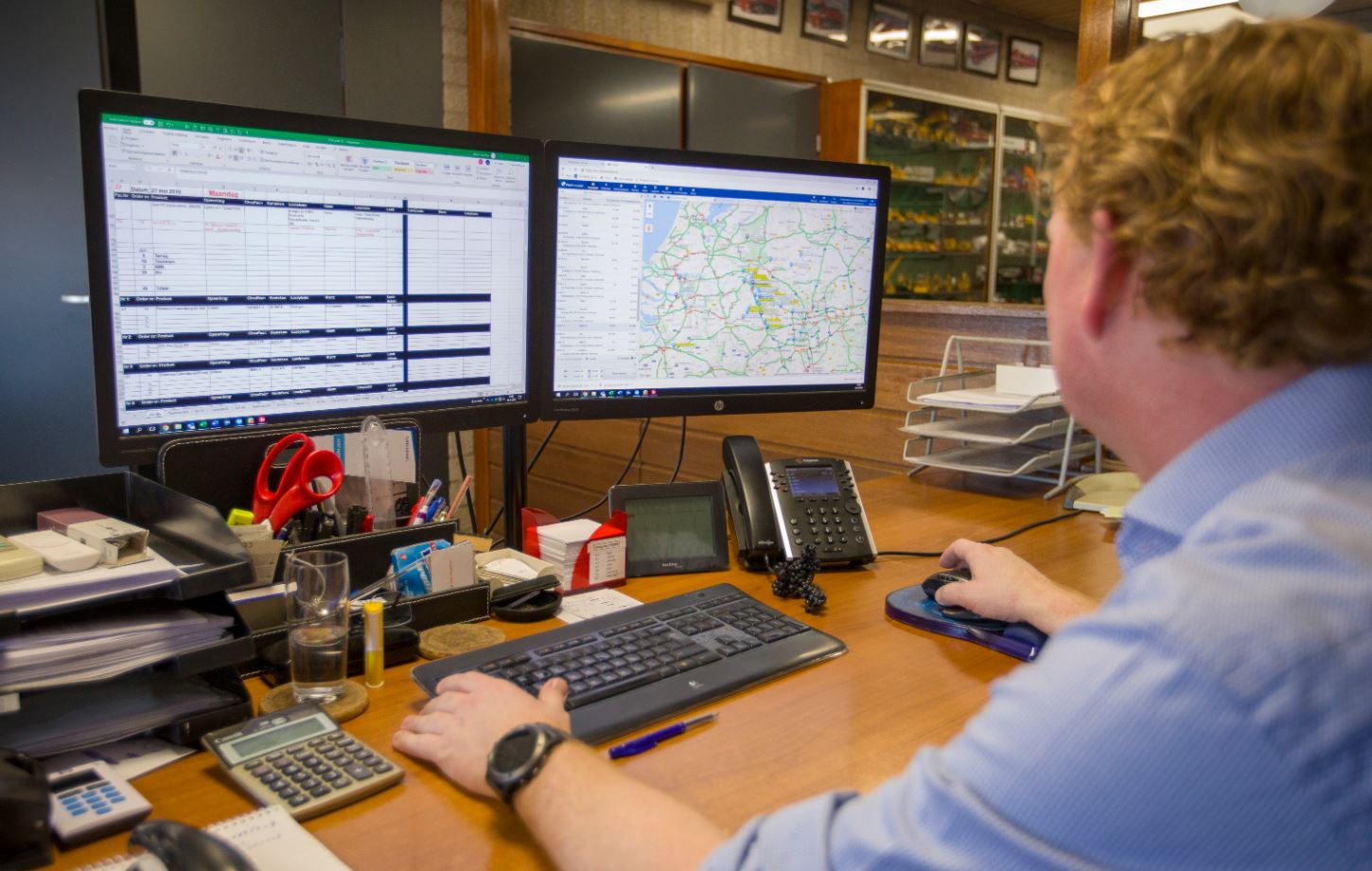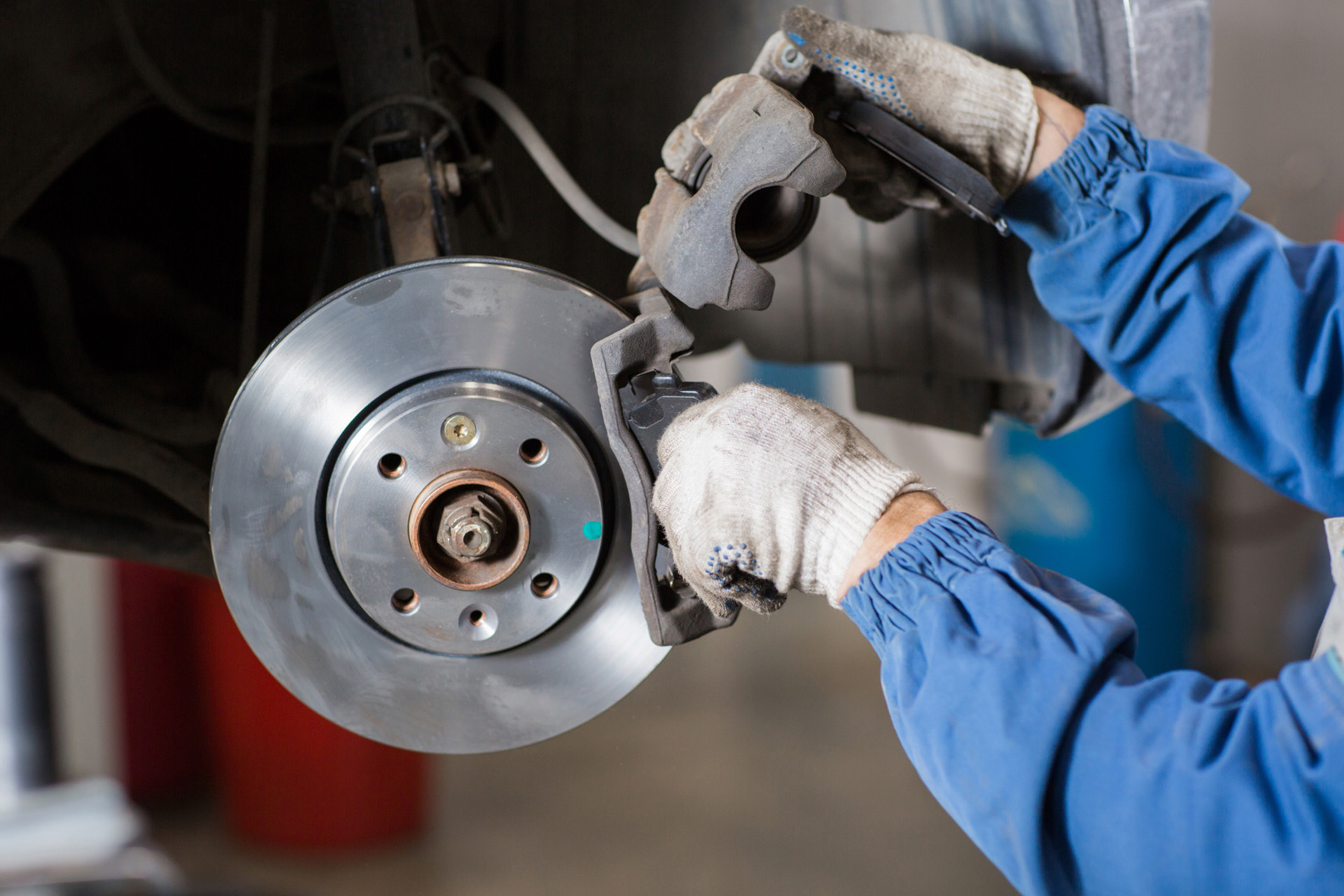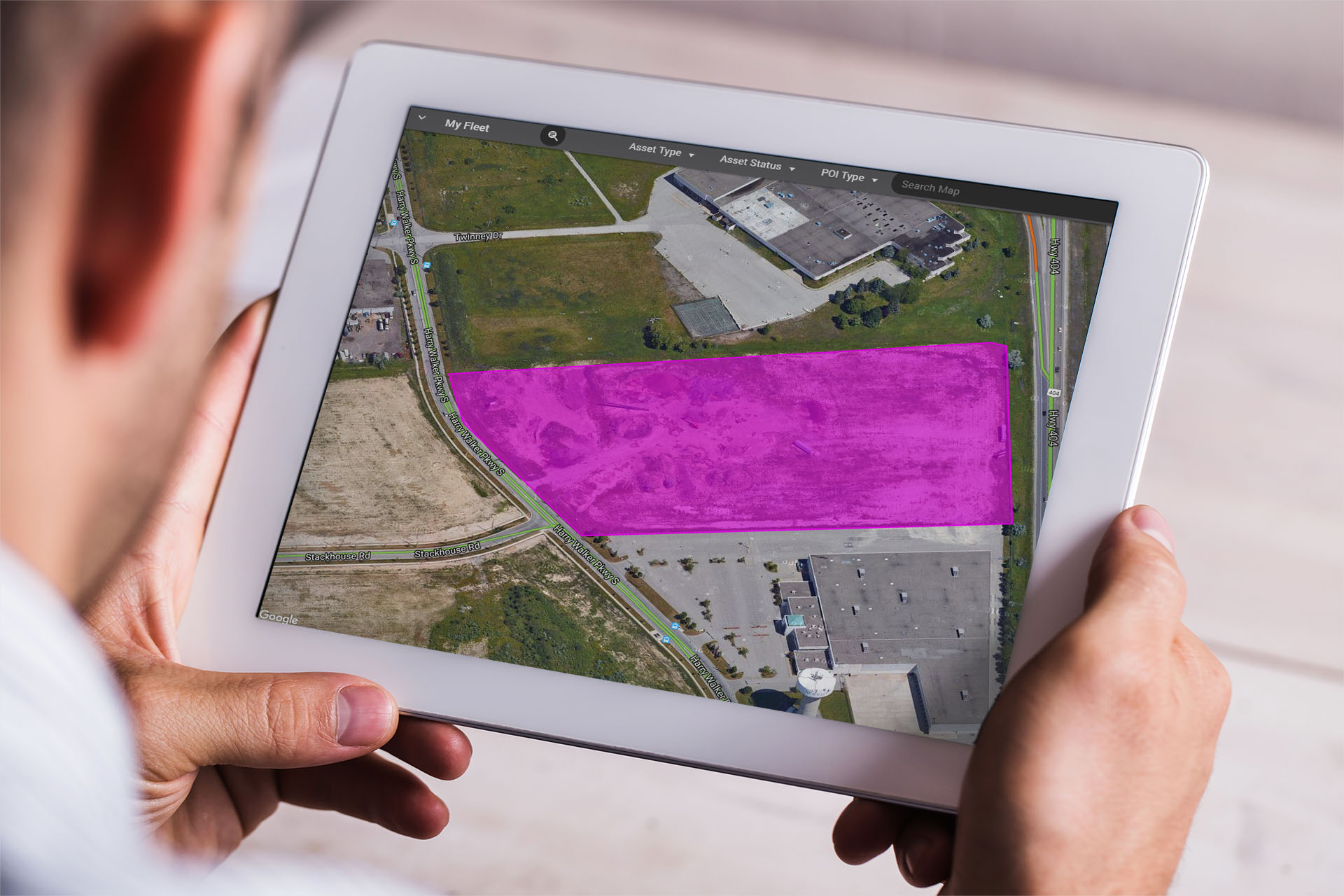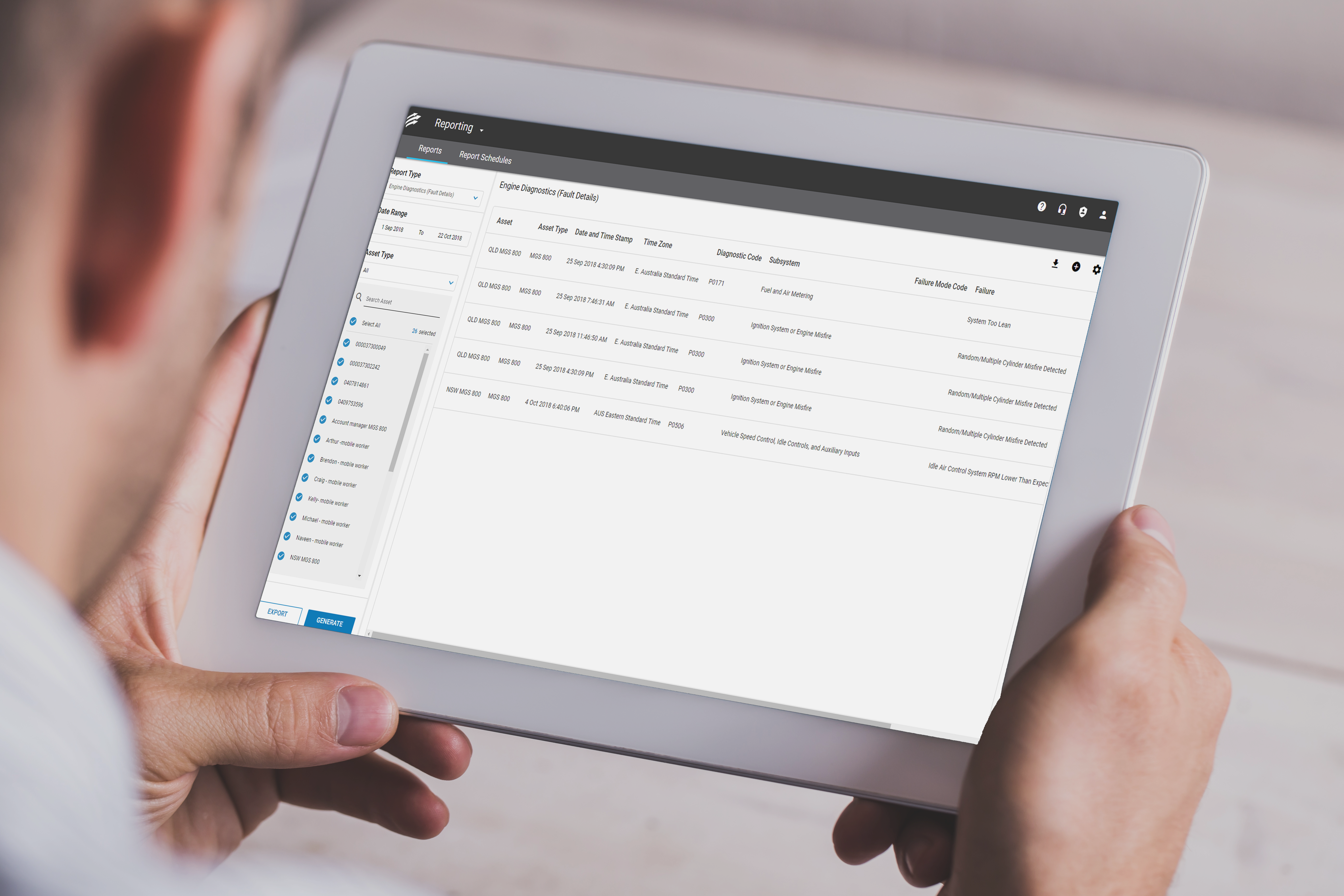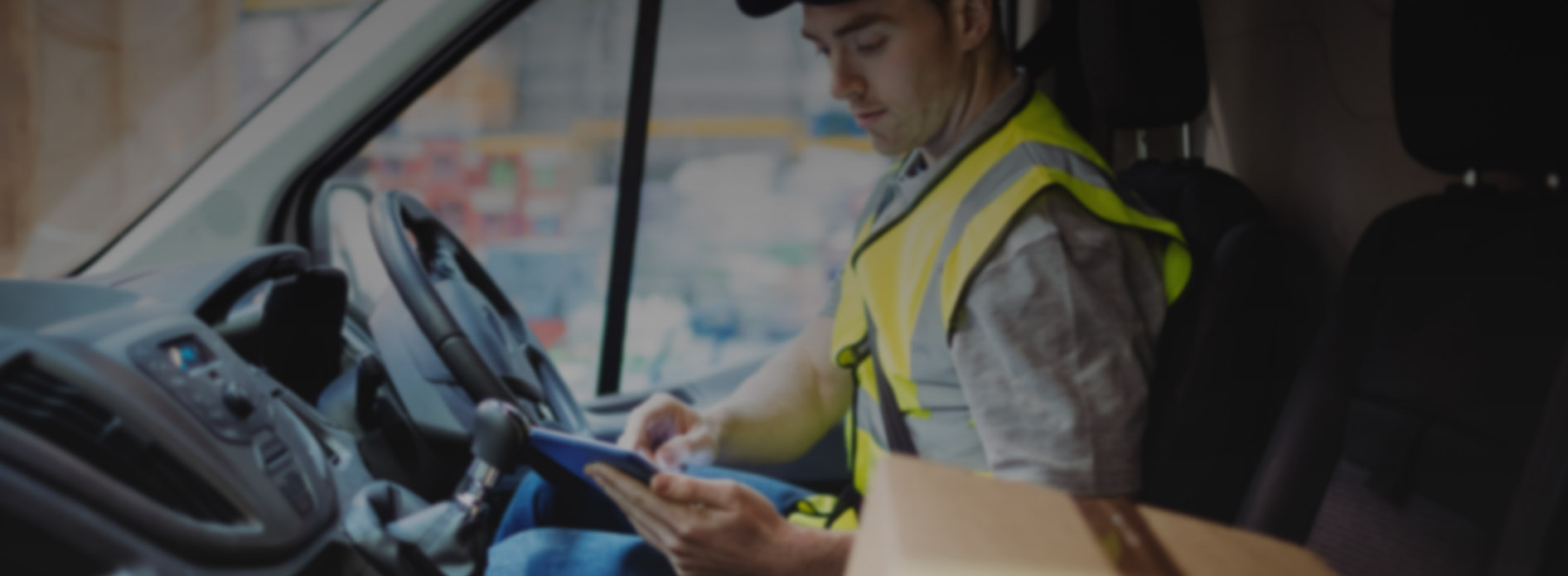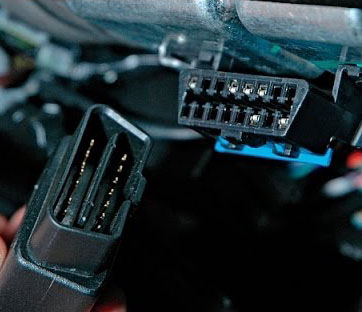As a non-profit organisation, having enough resources to operate effectively can be a challenging feat. According to ABC, not only are many nonprofits strapped for time, but many are also receiving limited funding and assistance, with many nonprofits and charities on the brink of closing. Unfortunately, this goes for both small and large non-profit organisations.
When you’re operating on a shoestring budget, it’s necessary to cut costs and save money where possible. As noted by the Australian Charities and Not-for-Profits Commission (ACNC), all charities and nonprofits should take care when it comes to overheads and should allocate their funds accordingly, in a manner that maximises impact.
If your non-profit operates a fleet of vehicles, you can leverage fleet management software to help you reduce ongoing fuel, vehicle, maintenance and potential vehicle crash expenses. Furthermore, it may help you be more efficient with your fleet, allowing you to reduce the number of vehicles needed.
Below, we’ll go through 3 ways your non-profit can save money by investing in fleet management software.
1. Manage Costs Effectively
Unlike for-profit organisations, nonprofits are dedicated to a core mission of furthering a social cause. However, nonprofits are expected to run like a proper organisation and must still pay employees and contractors.
According to the University of Wollongong, a nonprofit’s need to focus on both their social mission while still ensuring the organisation has enough cash flow to stay afloat can place them at a disadvantage in today’s extremely competitive commercial and institutionalised workplace.
While raising money and coming up with a sustainable business model is important, every nonprofit should also consider ways to manage their costs effectively. Reducing cash outflows is a practical approach to remain as sustainable as possible. This can include the following:
Reduce Fuel Costs
Fuel is one of the biggest expenses when running a fleet—and though prices have recently dipped, you can use telematics to reduce costs even more. Fleet management software can help you track and, therefore, manage a range of useful stats related to fuel management, including:
- Fuel costs, which you can track over time
- Driver behaviour, including speeding, harsh acceleration, idling, and unapproved routes—all of which drain fuel fast
- Maintenance schedules to ensure your vehicles are operating as efficiently as possible (something as simple as low tire pressure can increase fuel use due to low traction on the road)
If your nonprofit is running a fleet of vehicles, you can reduce fuel expenses quickly with a fleet management solution that will collect data from the vehicle engine and translate it to you in a form of various reports.
Using the online platform, you can coordinate the fastest routes and reduce any aggressive driving behaviours that burn fuel faster than you can count. You can conservatively reduce fuel consumption by 15%. Reducing the number of kilometres driven, cutting down on idle time and improving driver behaviour are highly practical solutions for reducing fuel costs that are quick to implement. Furthermore, they’re quick, easy to set-up and inexpensive.
According to Michael Seychell, national sales manager for Fleet Complete, “Monitoring the performance and activities of vehicles and mobile workers in the field can cost as little as a dollar a day. A tracking device installed into a vehicle can communicate data via the mobile phone network, accessed by an administrator at the client’s location via a web-based portal.”
Improving driving behaviour can be difficult. However, with Fleet Complete’s Vision, a reliable video event-recording solution, you can view instances when your drivers are violating traffic rules or engaging in harsh driving. Vision also provides in-cab voice coaching, which can assist your drivers in making smarter decisions on the road. For example, the Monash University Accident Research Centre shows that aggressive driving behaviour, such as quick changes in speed (acceleration and deceleration), results in increased fuel consumption and emissions. Vision can help cut down on these types of behaviour.
Reduce Maintenance Costs
According to Budget Direct, data from 2017 indicates that the cost of running a car in Australia is not only high, but the cost of maintaining them is also increasing every year. This is even more applicable to fleet vehicles, which often see more kilometres than home vehicles in a given year.
Thankfully, there are many ways you can control fleet maintenance costs. For example, by creating and following a fleet maintenance program, you can ensure that small issues are serviced and taken care of before they become larger (and more expensive) problems.
With Fleet Complete’s Inspect Mobile App, you can streamline the vehicle inspection process. This way, managers can easily manage vehicle maintenance and repairs online as well as checking to see whether their fleet is being maintained and serviced appropriately.
You can also create a customised checklist for your drivers to follow in the app in order to comply with the current health and safety requirements, like disinfecting the interior of the vehicle.
2. Gain Greater Fleet Visibility
If you’re not making the most of all your resources you could be wasting a lot of money. Gaining greater fleet visibility can be a huge help in reducing costs in all corners of your fleet. Fleet visibility allows you to improve your service, reduce wasted time and kilometres and improve overall operational efficiency. Furthermore, if you optimise your fleet, you may also be able to reduce the number of vehicles needed, saving your organisation thousands of dollars every year.
Chris Byrne, CEO of the Yarraville Club, a not-for-profit organisation in Yarraville, Victoria, notes “We’ve only got a small fleet, but it’s a system and a tool that has been quite beneficial to us and it’s more preventative. In the event there is an issue, we’ve got the resource and the ability to go back and check, and our insurers are very impressed that we’ve got it as well.”
Read the full story about how Yarraville Club is using Fleet Complete
Reduce Fleet Size
The average total cost of owning a light-duty vehicle can escalate to thousands of dollars a year once you factor in day-to-day expenses like fuel, insurance, servicing, loan interest and depreciation. For example, by tracking mileage on each vehicle, you can quickly assess if some vehicles are underutilised and downsize, if needed. Reducing the number of vehicles you own, you can save significantly on ownership costs, as well as have a significant net decrease when it comes to overall fleet operational costs.
Mitigate Crash Costs
Increasing fleet visibility can also help you track vehicle maintenance and assess driver behaviour, which can lead to safer driving outcomes over time. This has many benefits that have a direct impact on profitability, including reducing the cost and risk of accidents and injuries, decreasing insurance costs, boosting driver productivity and improving driver morale and retention rates.
While installing fleet management software may seem like an additional expense, it’s a worthy short- and long-term investment for your non-profit organisation. It will help you manage costs effectively by reducing fuel and maintenance costs, optimising your fleet’s size and reducing expenses associated with accidents; thereby helping your non-profit become financially sustainable. If you want to optimise your fleet’s use of financial resources, get started today by trying out our Fleet Complete demo.
If you found this article helpful, please share it on social media.
See how our non-for-profit customers have utilised Fleet Complete to improve cost savings!






